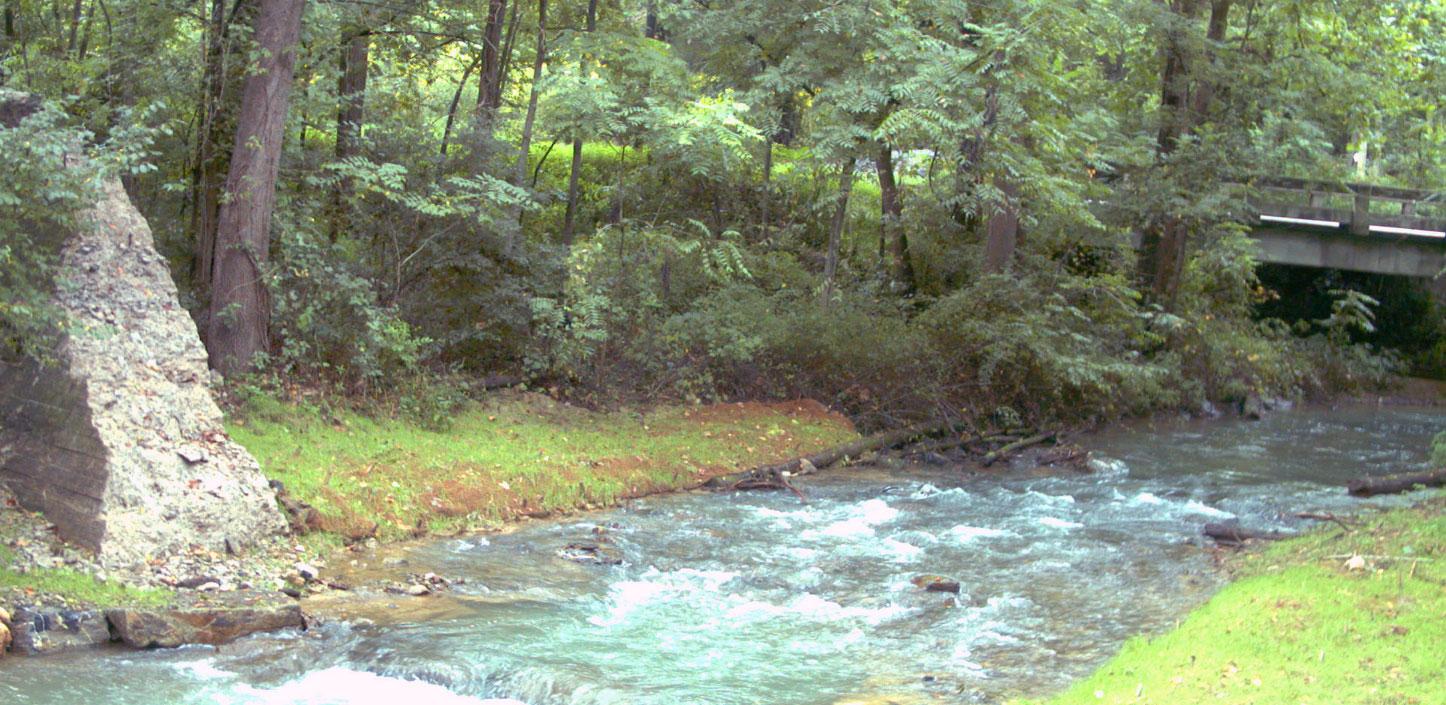
A Better Home for Brook Trout
Brook trout thrive in cool, crystal-clear streams. That’s why they’re regarded as key indicators of good water quality in the creeks and rivers that feed the Chesapeake Bay. In Virginia's Shenandoah Valley, a NFWF-supported project is helping to bring the fish back to a once-legendary trout steam.
Before its decline, Mossy Creek near Mt. Solon boasted 20-inch native brook trout. But over the years, the banks of the stream became severely eroded, the legacy of an old dam abandoned decades ago. Tons of sediment found its way into the water each year, smothering the gravel streambed where trout spawned. Along the shore, the shrubs and vegetation that once kept the water shaded and cold vanished.
“Mossy Creek was likely the finest brook trout stream in the entire Shenandoah Valley at one time,” said Trout Unlimited’s Seth Coffman. “The stream is almost totally spring-fed and remains at ideal temperatures for trout year-round. But the lack of spawning habitat prevented a self-sustaining population from becoming established.”
Local landowners wanted to help the native trout recolonize, and reached out for assistance. With support from NFWF, Trout Unlimited, U.S. Fish and Wildlife Service, Virginia Department of Conservation and Recreation, Chesapeake Bay Trust, and USDA Natural Resource Conservation Service, their dream has become a reality.
Crews have removed the obsolete dam and stabilized 2,500 feet of stream bank along Mossy Creek. They also restored the creek to its natural width and depth. The restored stream will give native “brookies” the improved habitat they need to return home.